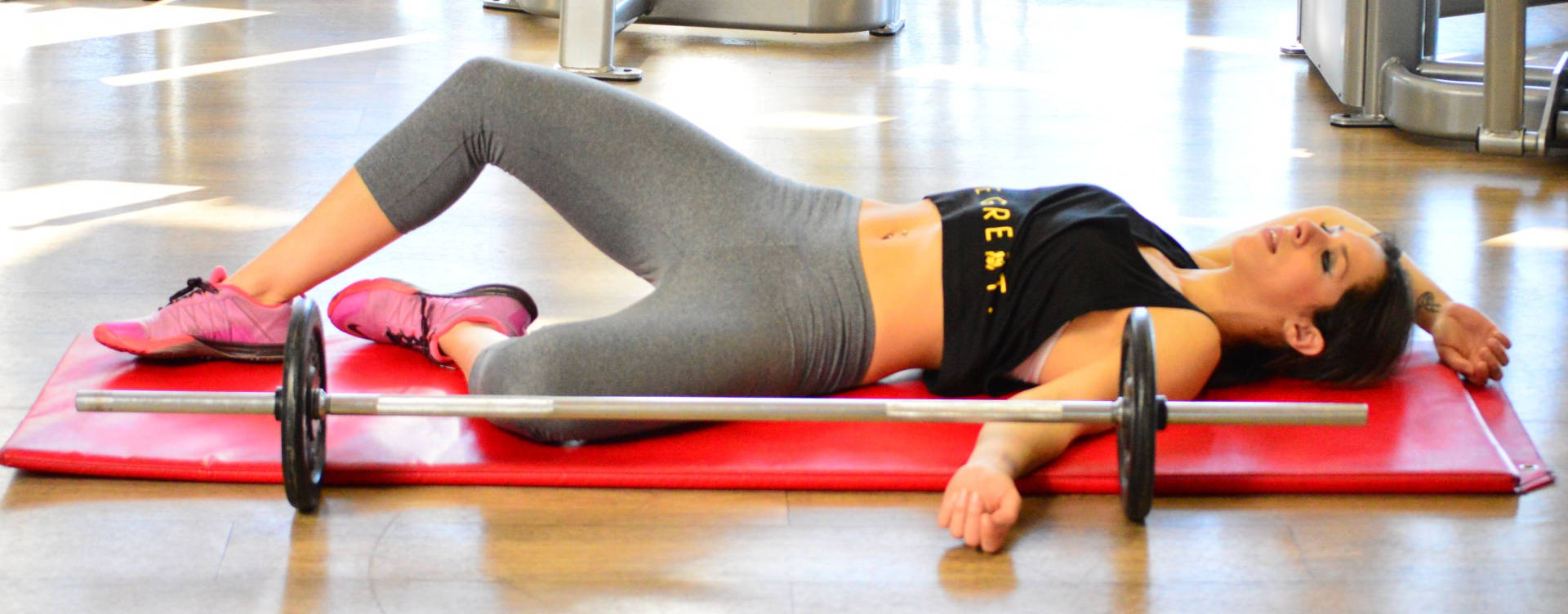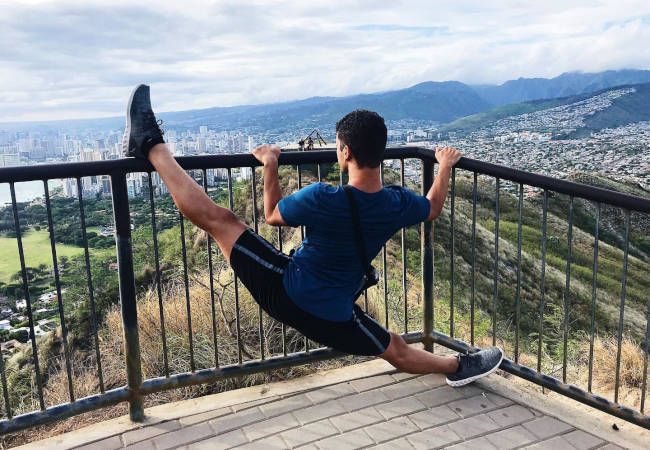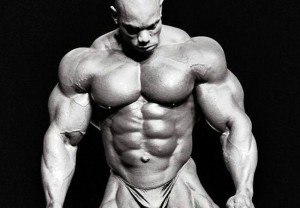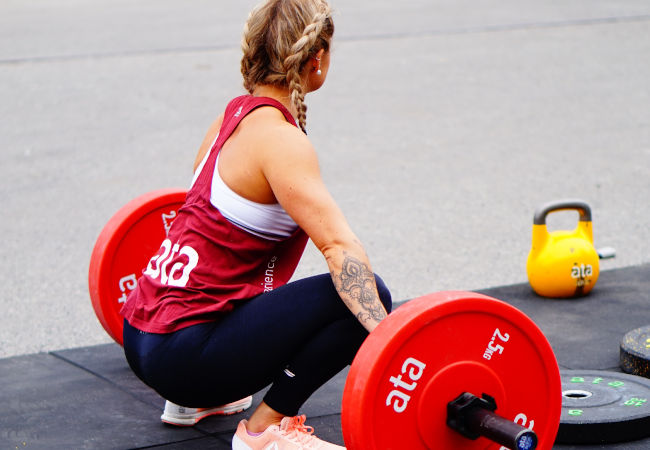If you’ve ever been active in your life and have had different workout sessions or have played any sports, you must’ve experienced that muscular soreness and aching that you feel in your entire body afterward, aka DOMS. IT can be confusing what to do with the muscle soreness and be sure if it is a good or bad thing. The lack of information and misconceptions prevalent in society don’t help ease the worries of anyone going through muscle soreness either. In this article, we’re going to touch on this muscle soreness and if it’s good for you.
Understanding this topic is critical for any beginner, and even advanced athlete since it can severely affect performance and stamina. When you get a better understanding of these issues, you can start determining if you should keep working out the way you already do or if you need to change something. So without further delay, let’s get to it and find out what you should be doing after muscle soreness.
1. Learn More
The most important thing for you to do as an athlete is to learn more about issues that persistently plague you. Muscle soreness is a part and parcel of a fit lifestyle, thinking that you can avoid it forever would be too ideal of an assumption. For the layperson, pain is usually closely associated with some sort of wound or tissue, or skeletal damage, however, that’s not always true. People also think that pushing through all pain will lead to further damage to their bodies, as is the commonly accepted knowledge these days and rightly so with certain types of pain, but this is entirely wrong in this case; the pain experienced during soreness isn’t indicative of anything physically wrong, but is just a sign that the muscle is exerting effort. So you can just keep on exercising, with a properly researched and fitting program, without worrying about furthering the damage; the soreness will soon subside when your body adapts to the regimen. The only time you need to actually halt is when your body noticeably refuses to cooperate and the pain is much more significant than simple soreness.
This may still sound confusing but it does come with time and experience. If in any doubt, it’s always good to get a professional opinion and guidance of a personal trainer for example.

2. Form
Our fitness culture has learned to take proper form into consideration. Just because you have pain doesn’t necessarily mean that it’s because of improper form. While this may be true in the case of actual physical damage, it’s seldom true for muscle soreness.
Regardless of how good your form is, you can’t avoid muscle soreness while working out since it doesn’t really depend on form. In many cases, it’s actually a good idea to find yourself a physical therapist. Physical therapists from https://themovementdr.net say that form can be crucial and should get the focus it deserves, and this is something that can only be pinpointed by a professional that understands what needs attention in terms of recovery.
There’s not much you can do to dissipate muscle soreness since it’s the natural reaction of your body to being subjected to stress levels that it has rarely experienced before. What you can do, however, is stretch and perform appropriate recovery exercises post-workout so that any soreness is minimized, and it is always a good thing to keep your form in check to avoid any other sorts of injuries. Remote coaches and physical therapists will teach you how to stretch and perform appropriate recovery exercises post-workout so that any soreness is minimized.
3. Know When to Take a Break or a day off
The most common advice mindlessly given out by people whenever soreness is mentioned is to stop exercising altogether. While this may be useful if you’re suffering from a fracture or a torn ligament, this isn’t advisable if you’re only suffering from a little muscle soreness. There’s always a threshold in exercising beyond which you shouldn’t push through, but muscle soreness doesn’t really reach close to those levels; minor appropriate exercises can even help the soreness subside.
However, if you don’t feel that confident about your abilities performing movements properly, in good form, and without any pain, then you should take a break to let your body recover. It’s for your own good and will help you get back to exercising properly sooner rather than later.
For this, you’ll have to tune in to your body and understand when it demands you to take a break and when it can push further safely and strongly. It’ll take a little bit of experimentation along with a bit of trial and error for you to be aware of your limits, but once you’re there, you’ll automatically know what to do to get them higher.

These are a few things that you should know about muscle soreness so that you can handle it better while working out. Above, we discussed how there are quite some prevalent misconceptions about this topic, and unfortunately, a lot of people are getting unjustly influenced by it. We also took a look at some steps we can take to avoid any serious damage and reduce muscle soreness. It doesn’t hurt to remind you one more time that sore muscles are a natural and completely expected sign and side effect of working out said muscles.
If you’re experiencing soreness then there’s nothing physically wrong with you, you’re experiencing growth. At certain points that you will know, just take a break if things get too intense and your body will automatically recover, even taking a day off to rest it out is a good thing to do.



















